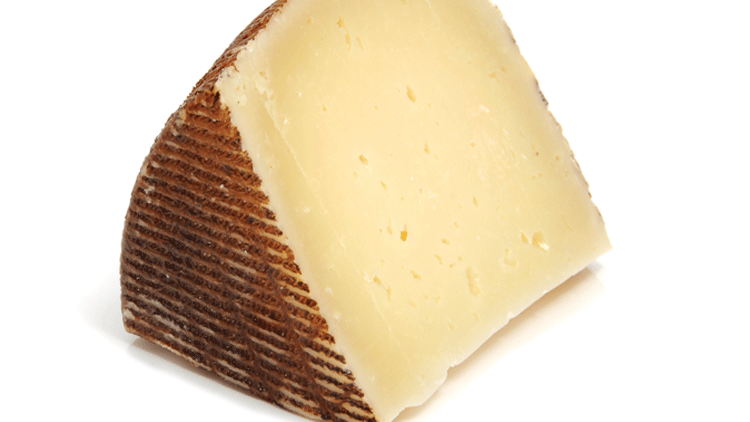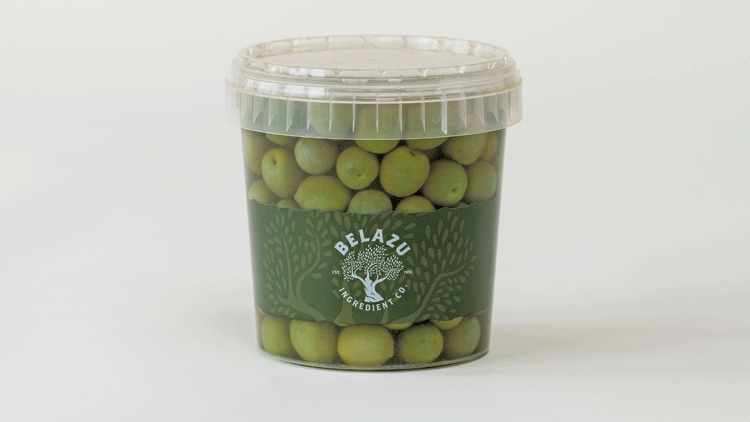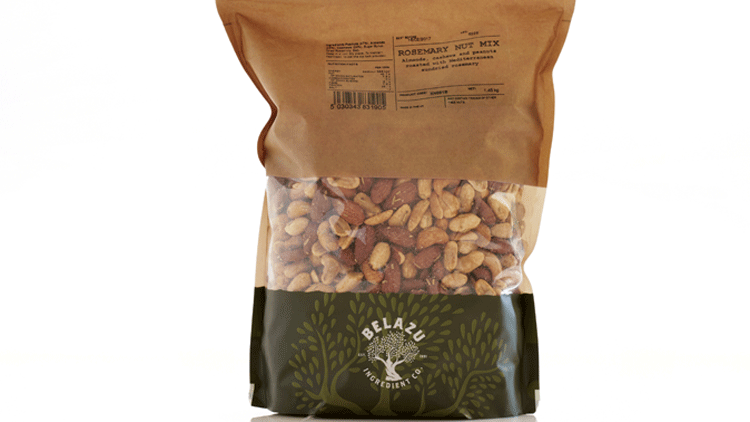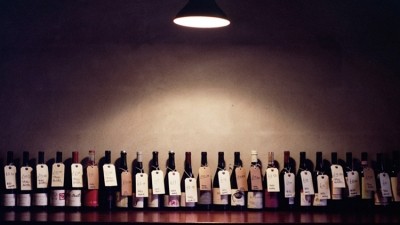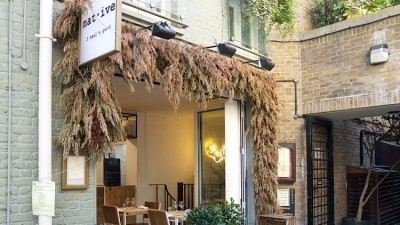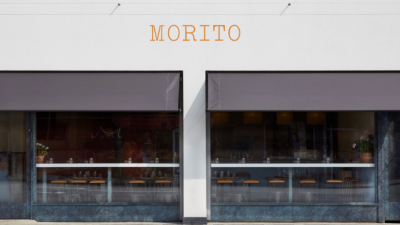Across the board: making snacks and antipasti work for you
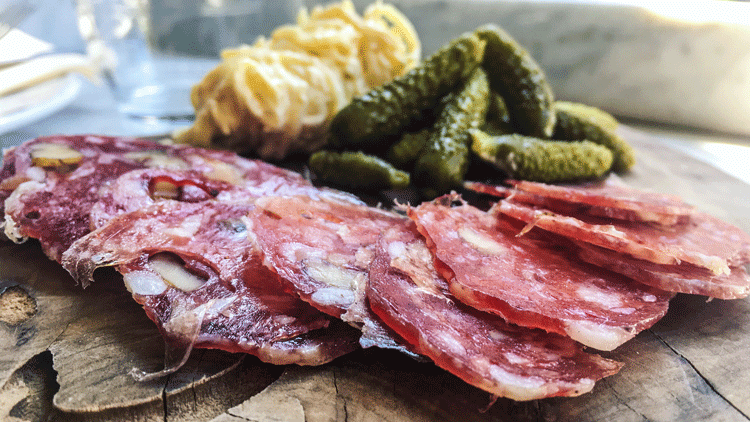
From British charcuterie and Spanish almonds to Greek olives and French cheese, the UK’s top suppliers of artisan foods have got your antipasti board or bar menu covered.
Charcuterie
There’s no better example of how far pre-dinner nibbles have come than the best-selling jamón Ibérico at Salt Yard’s restaurants. Supplied by Brindisa and aged for five years, the ham is hand carved on the bone and costs £18 for 100g.
“It sounds expensive but it’s probably one of the best hams you can get in the world,” says executive chef Dan Sherlock. “People travel and eat out much more so they are able to recognise that difference in quality. We also put a lot of training into front-of-house staff so they can explain confidently what makes the product special.”This is provided by Brindisa, which also teaches staff the subtleties of hand carving.
Spanish supplier Mevalco also offers carving classes to help customers get the most from their legs. “It takes time to learn, but once you can maximise yields, the margins are fantastic,” says managing director David Menendez. “Pre-sliced jamón is double the price and, flavour-wise, it’s so much better when it’s hand carved.”
The fall in the pound since Brexit has pushed up the price of Spanish and Italian charcuterie, but it still remains competitive. Brindisa reckons top Spanish charcuterie costs 30% less than equivalent British products.
The price gap remains because British producers are small scale, using high welfare, often rare breed and free range meat, such as Tamworth pigs and wild Venison, explains Graham Stoodley, category manager at Harvey & Brockless. Not that this is deterring chefs. “Paying £5 to £6 more per kilo may seem a big difference but, for a 50g portion, the extra cost in return for great taste and genuine story is really very little,” he says. “This is best demonstrated by our sales – British may be the smallest section but it is growing four times faster than Spanish and Italian.”
To capitalise on this, the wholesaler has launched pre-portioned triple packs of British charcuterie, including Oxsprings air-dried ham, chorizo from Suffolk Salami and saucisson from Cobble Lane Cured.
Cheese
Customers at London-based French restaurant Blanchette often take a back-to-front approach to meals by starting with blue cheese, especially a creamy sheep’s milk number called Bleu de Basque. That’s because instead of being hidden away at the end, the fromage is up front on the first page of the menu. “People are doing away with traditional ideas of having food in a certain order,” says head chef Will Alexander. “They’re eating what they want, when they want.”
This is also breathing new life into what were traditionally quiet trading times. Blanchette is often busy between 3pm and 5pm when the kitchen is closed with people stopping in for cheese and charcuterie.
Salt Yard Group estimates that around 90% of cheese sales come before the main meal, while Morito Hackney Road’s simple snacks made with Greek cheeses from Maltby & Greek have gained cult status. Highlights include sheep’s cheese anthotyros, in a broad bean, pea and mint salad, and cheese fritters with Cretan thyme honey.
“I don’t think chefs are doing enough with cheese at the beginning of a meal,” says Owen Davies, cheese category manager at Harvey & Brockless. “Sharing platters are common in the US and, in Spain, many meals begin with a few slices of Manchego.”
Davies recommends cheeses with “light and approachable” flavours for grazing. So instead of washed rinds and pungent blues, go for nutty hard cheeses, such as the Manchego-style Berkswell and Alpine-influenced St Bartholomew from Oxfordshire.
Hard target: go for nutty cheeses such as manchego
Olives
Size matters, according to Stoodley at Harvey & Brockless, at least when it comes to olives. “Table olives are the best of the crop and always hand-picked so local labour costs are a big factor. French olives tend to cost more (£11/kg) than say Greek (£7 to £9/kg) because it is a small harvest and they are easily damaged. But within a variety, size counts. Larger olives take longer to grow, and trees yield fewer of them, so our baby Nocellara cost under £5/kg but the delicious super colossal ones are over £8/kg.”
Jamie’s Italian famously serves the big, green Sicilian olives on ice and declares them the ‘World’s Best’ on the menu, but other popular varieties include Gordals from Spain, Halkidiki from Greece and Bella di Cerignola from Puglia.
Flavoured marinades are also a trend. Strada serves a mix of Nocellaras and Kalamatas, marinated in-house with rosemary, lemon and garlic, while supplier Belazu is working on a mix flavoured with lovage.
“We use flavours linked to where the products come from to add authenticity – so, for example, smoked paprika with our Spanish mix [of Manzanilla olives],” says founder George Bennell.
At Morito, chef Marianna Leivaditaki skewers a large green olive from her native Greece on a cocktail stick with an Ortiz anchovy and guindilla pepper from Brindisa to create a ‘gilda’, which sells for £1.50. “They’re like an explosion in the mouth and the bar staff can make them so they don’t require chef’s time,” she says
Size matters: typically the larger the olive, the higher the price
Nuts
At £3-plus for a bowl of almonds, you’d think nuts would be a sure-fire money spinner, but getting a decent return is tricky. The wholesale cost of a portion of Spanish roasted almonds is at least £1, which immediately pushes up the menu price. Mevalco, which supplies olive oil-roasted almonds from Valencia, flavoured with rosemary or paprika, says one tactic is to add a cheaper ingredient to the mix, such as habas fritas or kikos (fried maize kernels). “An 80g portion of habas fritas costs 35p and will sell for £1.95,” says Menendez.
Another way to bring down costs is to buy unprocessed nuts, which are not subject to VAT. Brindisa sells unblanched Marcona almonds for exactly this reason. Adding value with flavours is also a trend. Belazu has launched a range of nut mixes with variants, such as rose harissa, piment d’Esplette, and truffle and pecorino, which have been devised by former Dabbous head chef Ross Gibbens.
“We’re doing what some restaurants do in-house – hand producing in small batches – but because we’re buying at scale we can supply them cheaper than the chef can make them, at the same quality,” explains Benne.
Mixing it up: more expensive nuts can be padded out with cheaper varieties to keep costs in check
